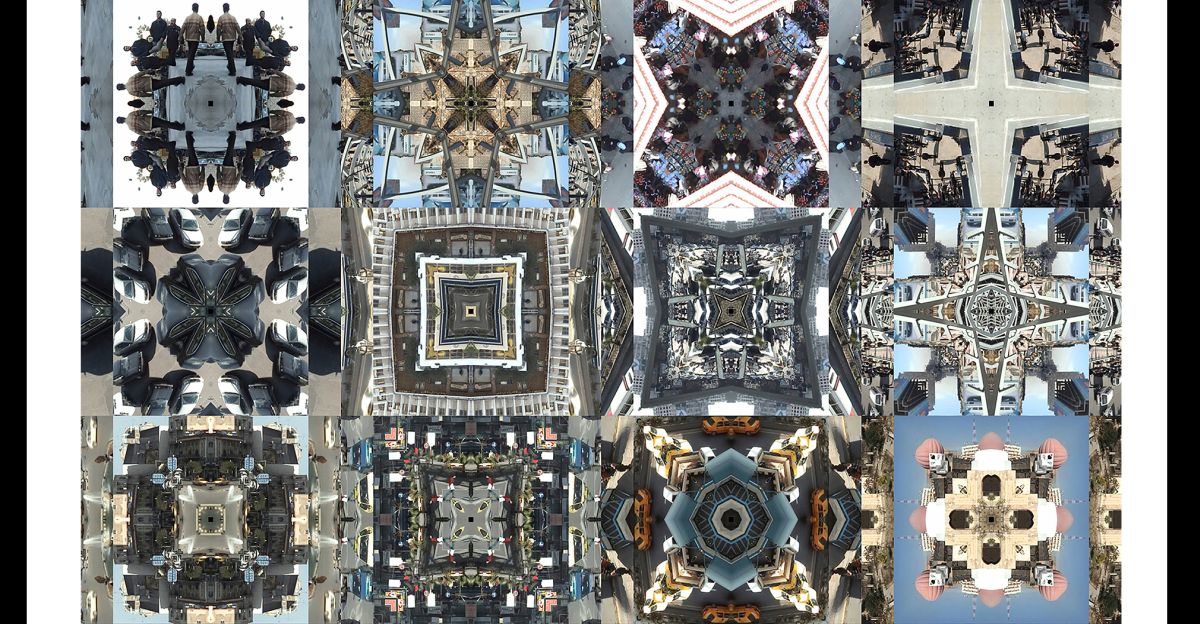I
Stone in fist. Rock in hand.
Sand a canvas, moon not yet—
Circle of circles. There an angle,
here a curve—at the centre, only
your own hewn face. Spiral of nothing.
The tide comes. Takes it all—
II
You turn the corner into an entire room
of uteri—watercoloured wombs on wallpaper,
stitched and stuffed fabric fallopian tubes
casting solid shadows. A sumi ink landscape
of breasts, rising and falling, peaks and troughs,
valleys and mountains. Here, a jagged skull:
memento mori, the jaw missing, eyeholes
dark like the void. A great big fuck-you
to fertility. Suddenly, you don’t feel so alone.
III
Almost transgressive to look at the woman
with her legs slightly parted. Not a woman,
but knowing a woman had to pose for it.
Every fold of skin, every minute hair present—
A toddler covers her eyes when she sees it
and her mother leads her around to the front
and waits for her to look again. They talk,
quietly, so I can only imagine the wise, open
conversation I never had. Pubis, vulva, labia,
clitoris. The stomach flat, the hips concave.
Pert breasts, blush of nipples. I have never
looked like this, not even in my dreams.
IV
She has clamped a hand over her mouth.
She has two children standing next to her.
She has stopped painting figures.
Black, rust, white—concatenation
of snow and rain. To exist is to resist.
The poem is a response, in parts, to the following artworks:
I: Katie Giresar’s Everything changes, nothing is lost (2014), site-specific installation at Long Cove Point, Maine, USA.
II: Annette Messager’s Papier peint Utérus (Wallpaper Uterus) (2017) and Utérus doigt d’honneur (Uterus Giving the Finger) (2017), seen at Pudique-publique, Institut Valencia d’Art Modern, Valencia, Spain.
III: Paul McCarthy’s That Girl (TG Awake) (2012–2013), seen at Hyper Real, National Gallery of Australia, Canberra.
IV: Juana Frances’ Silenci (1953) and Dona am dos xiquets (1952), seen at A Contratemps: Mig segle d’artistes valencianes (1929–1980), Institut Valencia d’Art Modern, Valencia, Spain, and Cometos (1989), seen at Museo de Arte Contemporaneo de Alicante, Alicante, Spain.
Image: Sergei Akulich on Unsplash
Read the rest of Overland 235
If you enjoyed this poem, buy the issue
Or subscribe and receive
four brilliant issues for a year




